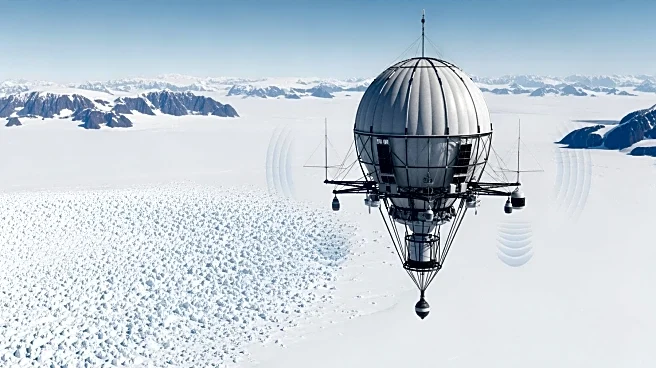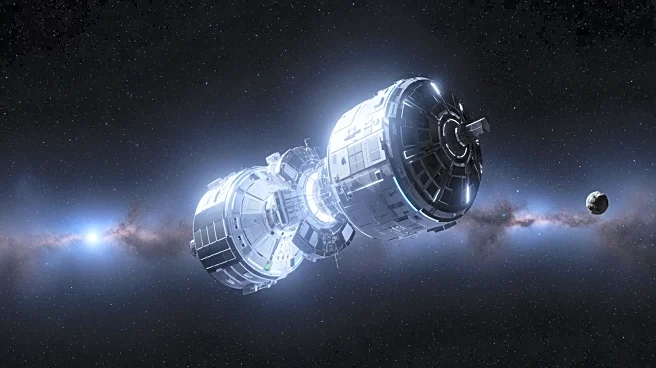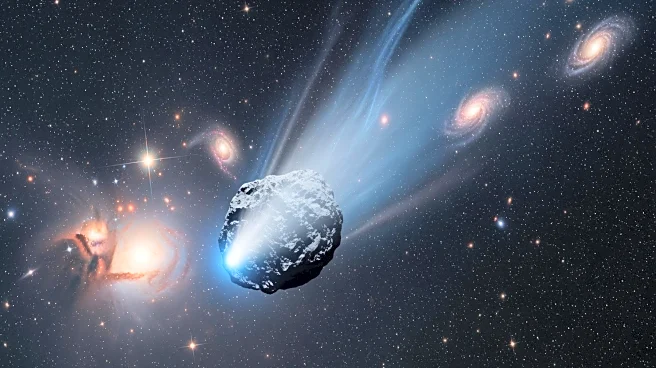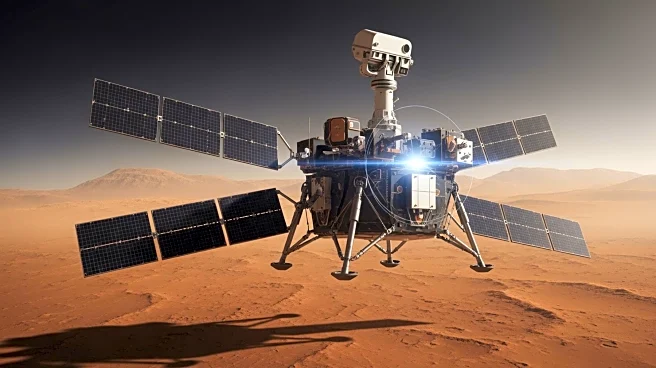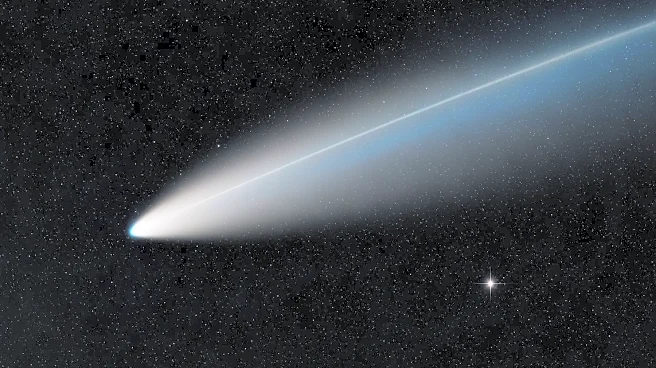What's Happening?
NASA's Antarctic Impulsive Transient Antenna (ANITA) has detected unusual radio signals from beneath Antarctica's ice, challenging existing models of particle physics. The signals, recorded between 2016 and 2018, appeared to originate from below the horizon,
defying expectations. Researchers are investigating the signals' origins, considering possibilities such as new particle interactions or cosmic phenomena.
Why It's Important?
The detection of these signals offers a unique opportunity to explore unknown aspects of particle physics and cosmic events. Understanding the signals' origins could lead to breakthroughs in scientific theories and models, enhancing knowledge of the universe's composition and behavior. The research highlights the importance of innovative detection methods in advancing scientific discovery.
What's Next?
Scientists will continue to analyze the signals, using data from other observatories to refine theories and models. The development of new detectors, such as PUEO, will enhance sensitivity and accuracy, potentially revealing more about the signals' nature. Ongoing research may uncover new insights into cosmic phenomena and particle interactions.
Beyond the Headlines
The investigation raises ethical questions about scientific exploration and data transparency, emphasizing the need for collaboration and open sharing of findings. It also highlights the challenges of understanding complex cosmic phenomena, prompting discussions about the limitations and potential of current scientific models.
